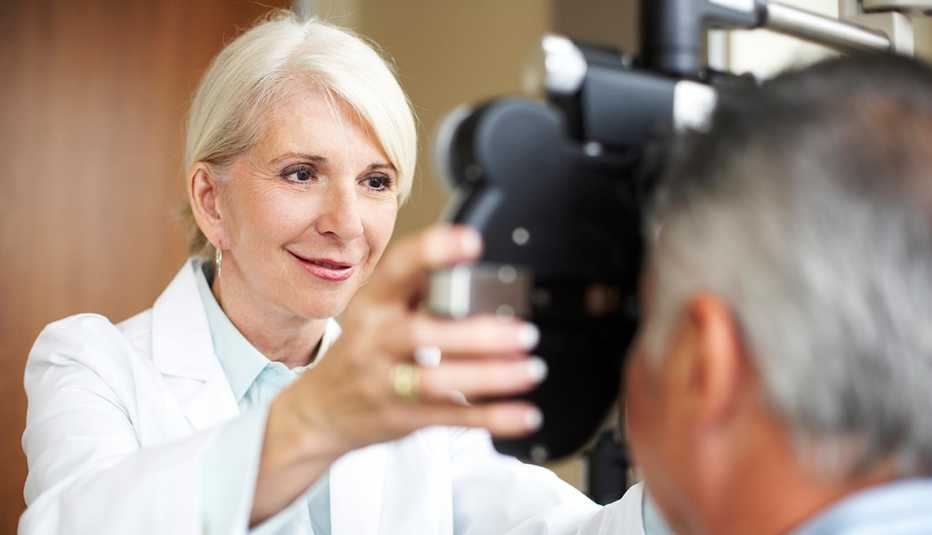Staying Fit
Millions of Americans use over-the-counter eye drops every year to treat common problems such as dryness, redness and itching. If you’re one of them, an alert from the Centers for Disease Control and Prevention — which found that two brands of eye drops were linked to drug-resistant bacteria — may have you worried that you’re at increased risk of infection.
The reassuring news is that most likely you’re not. The CDC’s recommendation was specific for two brands of artificial tears products — EzriCare and Delsam Pharma. In general, “over-the-counter eye drops are safe to use,” says Stephanie Erwin, an optometrist at the Cleveland Clinic. It may still be overwhelming for you to figure out which drop is right for you. “There could be 40 or 50 different eye drops available, so it may be difficult for someone to determine what is best,” she says.


AARP Membership— $12 for your first year when you sign up for Automatic Renewal
Get instant access to members-only products and hundreds of discounts, a free second membership, and a subscription to AARP the Magazine.
Here’s a look at four types of over-the-counter eye drops, and what you should use, when.
1. Artificial tears
These drops are used to lubricate eyes. They are designed to treat dry eye, a condition in which your eyes don’t produce enough tears. It becomes more common with age, due to hormonal changes, especially among postmenopausal women. You can help prevent dry eye by avoiding environmental triggers, such as low humidity, says Anat Galor, M.D., spokesperson for the American Academy of Ophthalmology and professor of ophthalmology at the University of Miami. But you may need to restore tear health by using over-the-counter artificial tears, she says.
There are two main types of artificial tears on the market: those that have preservatives, which are found in bottles, and those that are preservative-free, which are packaged in individual vials, says Laura Palazzolo, M.D., an ophthalmologist at NYU Langone Health in New York City. In general, it’s best to opt for the latter “if dry eye is more severe and you need to use drops more than four times a day,” Palazzolo says. Since high quantities of preservatives can be toxic on eyes, you want to “use preservative-free tears to limit the total amount of preservative exposure,” she says.
It’s true that preservative-free eye drops, such as the ones involved in the recall, carry a higher risk of infection, notes Christopher Starr, M.D., a clinical spokesperson for the American Academy of Ophthalmology. The preservatives have antimicrobial qualities that can prevent bacteria and fungus from growing. But that shouldn’t deter you from using preservative-free products. Check your bottle or package label to make sure it isn’t one of the recalled products, Starr advises. If it isn’t, it’s safe to use. Just make sure that the eye drops aren’t expired, and keep the bottle or vial tip clean and free of contamination.







































































